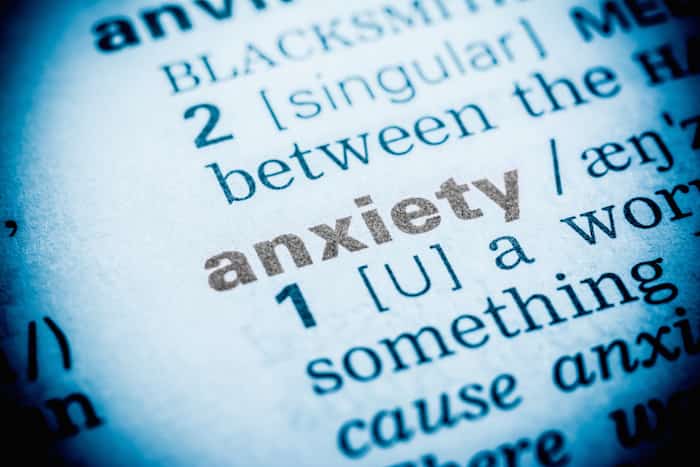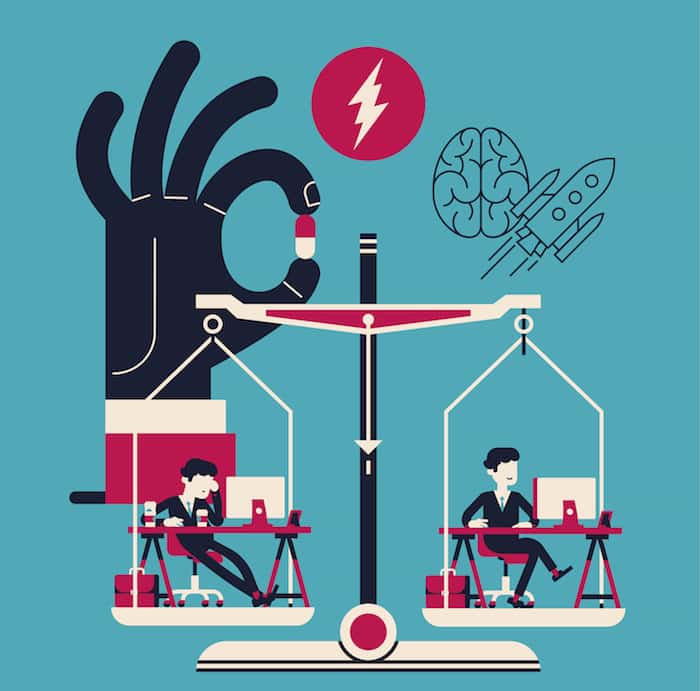Even today, in 2016, there’s stigma around addiction. Throw mental illness into the mix and that stigma doubles. It’s a recipe that keeps many struggling addicts, alcoholics, and mental health suffers sick.
Here at Malvern, we believe that education is the first step to breaking this stigma. We’ve seen this happen time and time again since we opened our doors in 1948.
Back then, any talk of addiction was swept under the rug. Treatment consisted of locking people in asylums and throwing away the key. As times changed – as people opened up about their struggles and triumphs and began educating their family and friends – public opinion began to shift.
We’re still in that shifting process. Nothing good comes easy though and we’re here for the long haul.
Keeping that in mind, we’re going to break down what the term co-occurring disorder means today. You’ve probably heard it before…but do you know what it really means?
Read on to find out!
Dictionary Definition
Unfortunately, there’s not a dictionary definition of co-occurring disorder as a term. Rather, to get the full scope, you have to look up “co-occurring” and “disorder” separately.

Co-occurring is defined by Merriam-Webster as:
Co-occur – verb – to occur or exist at the same time
Disorder is defined by Merriam-Webster as:
Disorder – dis·or·der – transitive verb – to disturb the order of
So, according to the dictionary, a co-occurring disorder is a condition that disturbs the order of something at the same time as another condition is disturbing the order of something.
That sentence makes our heads hurt. Let’s see if we can’t find a simpler explanation by looking at a clinical definition.
The Clinical Definition
According to Psychology Today, co-occurring disorders can be defined as:
Clients with co-occurring disorders (COD) have one or more disorders relating to the use of alcohol and/or other drugs of abuse as well as one or more mental disorders. A diagnosis of co-occurring disorders occurs when at least one disorder of each type can be established independent of the other and is not simply a cluster of symptoms resulting from the one disorder.
We like this definition for several reasons.
First and foremost, it makes clear that each disorder must be diagnosed independent of each other. Often patients receive a diagnosis of depression when they’re merely suffering post-acute-withdrawal symptoms related to substance abuse.
This type of “faulty” diagnosis can seriously impact an individual’s recovery. They can end up being prescribed meds that hinder their progress in both treatment and aftercare or they can end up having valuable time in treatment spent on working through a mental illness they don’t even have.
This is something we’ve seen time and time again at Malvern. A patient will come to us with a diagnosis that isn’t correct. It’s one of the reasons we’re so adamant about setting the record straight when it comes to co-occurring disorders.
Next, the clinical definition makes it clear that co-occurring disorders are linked to some sort of substance abuse. While that’s how most people think of them, this isn’t always the case. Other types of multifaceted mental health issues – also known as dual diagnoses (more on this below) – exist.
Consider, as Psychology Today suggests, someone suffering from mental retardation and mental illness. While that’s an incredibly tough situation to be in, it isn’t an example of a co-occurring disorder.

Let’s explore this distinction a bit more thoroughly below.
Are Co-Occurring Disorders the Same as Dual-Diagnosis?
The short answer is no. The long answer is, well, a bit longer.
Let’s again see what the experts at Psychology Today have to say about dual-diagnosis and co-occurring:
The term co-occurring disorders replaces the terms dual disorder or dual diagnosis. These latter terms, though used commonly to refer to the combination of substance use and mental disorders, are confusing in that they also refer to other combinations of disorders (such as mental disorders and mental retardation).
Furthermore, the terms suggest that there are only two disorders occurring at the same time, when in fact there may be more…
The acronym MICA, which represents the phrase Mentally Ill Chemical Abusers, is occasionally used to designate people who have a COD and a markedly severe and persistent mental disorder such as schizophrenia or bipolar disorder. A preferred definition is mentally ill chemically affected people, since the word affected better describes their condition and is not pejorative.
Other acronyms include: MISA (mentally ill substance abusers), CAMI (chemical abuse and mental illness), SAMI (substance abuse and mental illness), MISU (mentally ill substance using), MICD (mentally ill chemically dependent) and ICOPSD (individuals with co-occurring psychiatric and substance disorders).
That’s a lot to take in. Basically, it’s saying that referring to someone struggling with both addiction and mental health issues as dual-diagnosis simply isn’t comprehensive enough.
We touched on this above and it’s something we firmly believe in at Malvern. The more precise, the more exact, a patient’s diagnosis is – the better. It’s that simple.

The above goes on to make clear the distinction between substance-driven disorders and non-substance-driven. It also makes clear that those struggling with co-occurring disorders so often struggle with more than two. Think an alcoholic with a depressive disorder and an anxiety disorder.
Finally, Psychology Today’s definition offers other terms and acronyms for people with both addictions and mental illness.
Now that we have a few working definitions for what co-occurring disorders are and, just as importantly, what they aren’t – let’s take a look at some common examples.
Common Examples of Co-Occurring Disorders
While there are too many specific examples to list – any individual substance addiction linked with any individual mental health condition – some of the most common types of co-occurring disorders include:
- Cocaine addiction & panic/anxiety disorders
- Polydrug addiction with schizophrenia
- Opioid addiction with PTSD
This list could be increased by a lot, but these are some of the most common examples of co-occurring disorders.
What do you think? Do you agree with our definitions or think we’re pretty far off? Let us know on social media!
